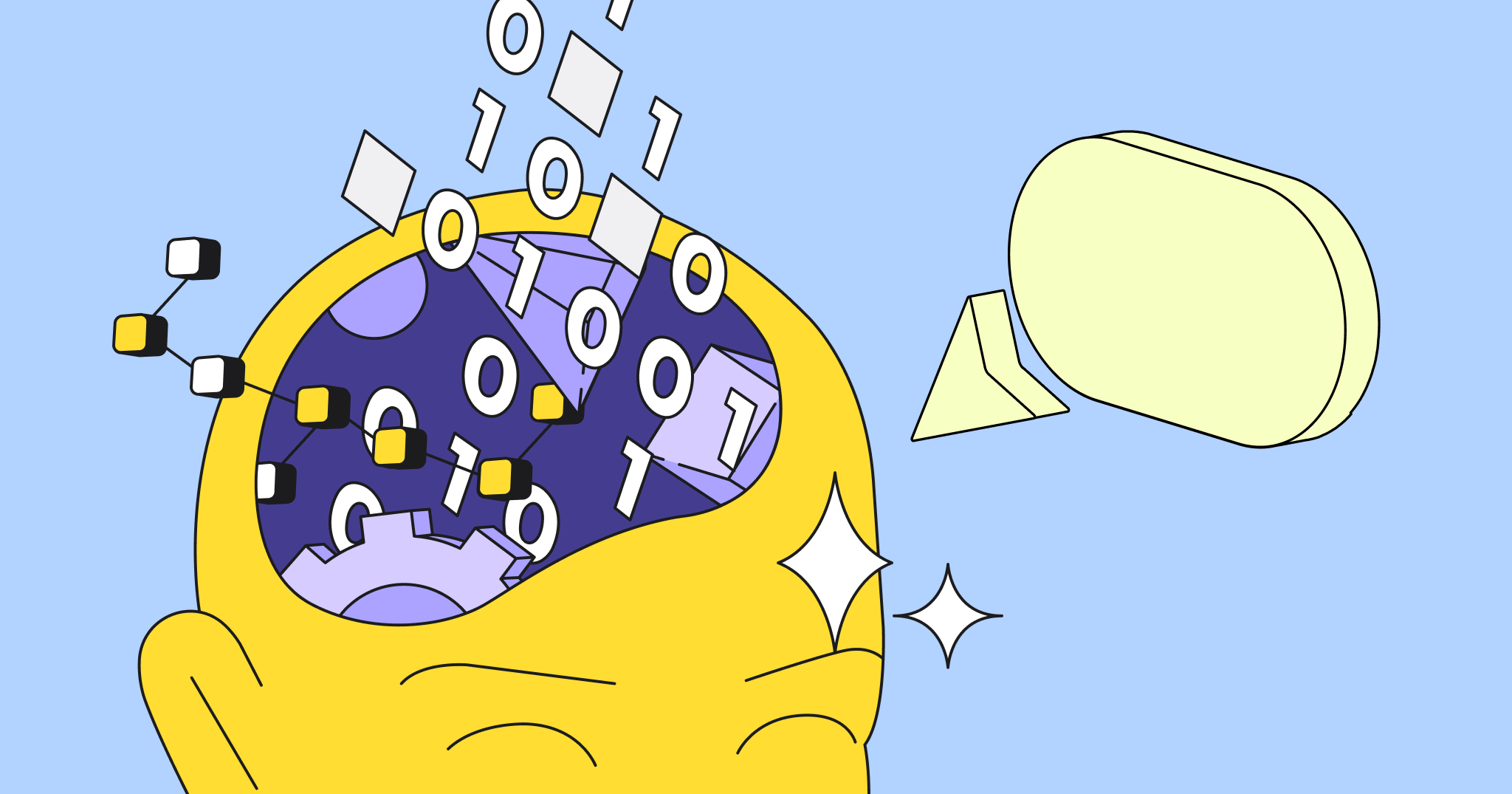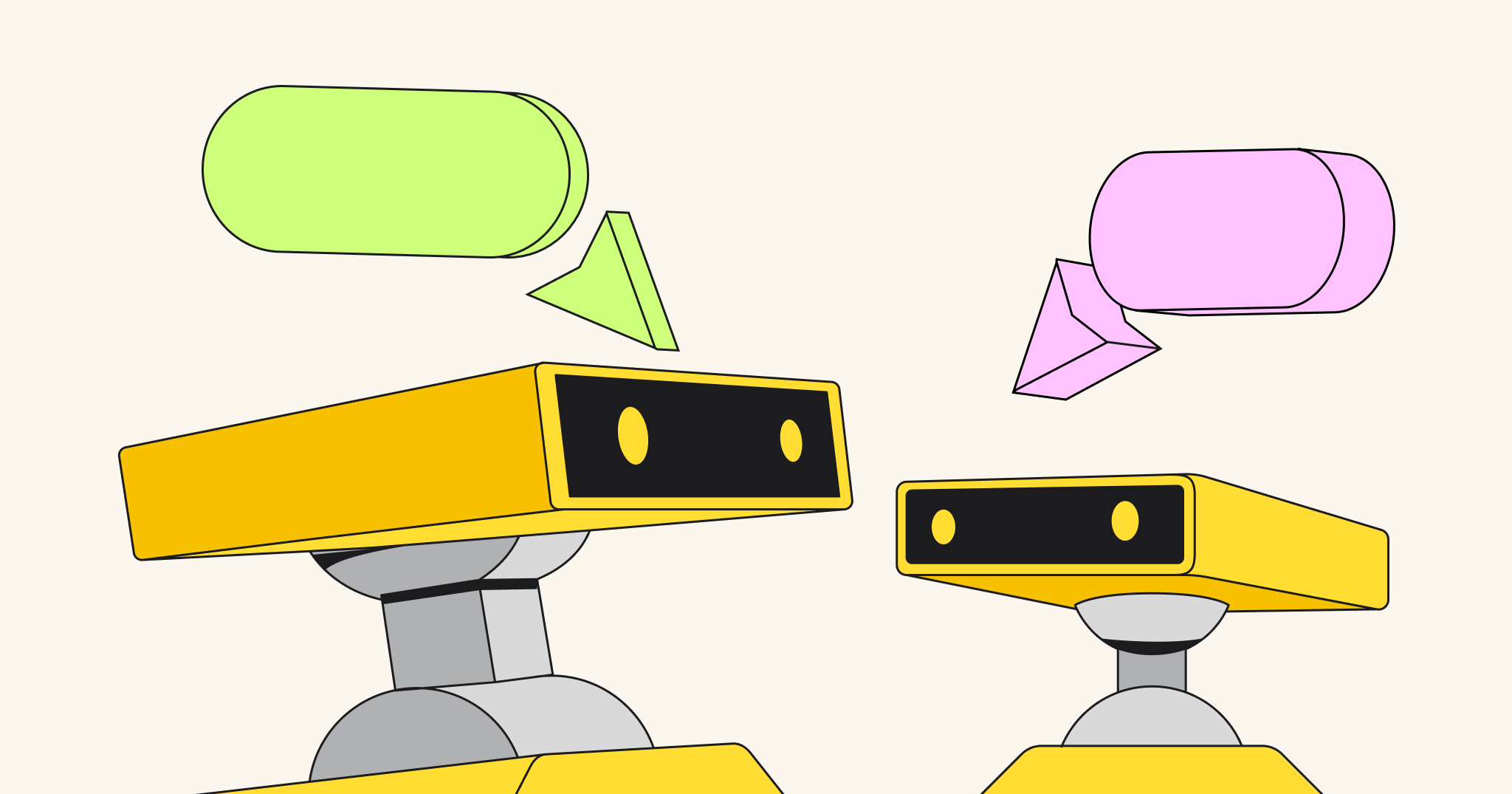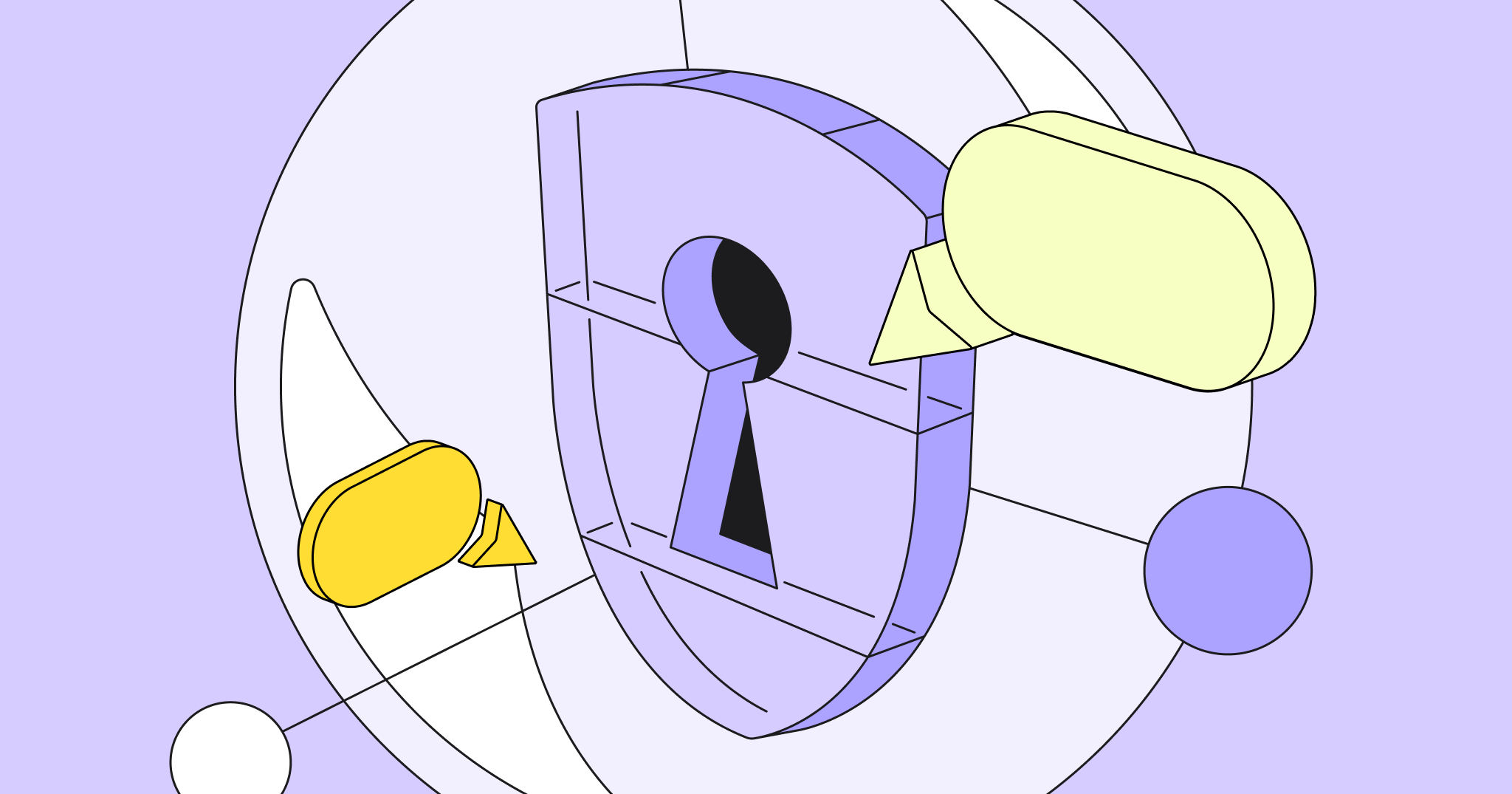“Everyone is a genius. But if you judge a fish by its ability to climb a tree, it will live its whole life believing that it is stupid.” This quote, commonly attributed to Einstein, captures how each person has unique superpowers that, when cultivated, can unleash their full potential. In a similar way, when companies embrace a diversity of thought, skills, and perspectives among team members, innovation flourishes.
What is neurodiversity?
Einstein’s quote is a powerful reminder of why neurodiversity — the idea that people experience and interact with their worlds in many different ways — is so important. There is no “right” way to think or be; rather, these differences are part of the natural diversity of humankind. We are all neurodiverse, because each and every one of us embodies this diversity firsthand.
But while everyone is neurodiverse, only 15-20% of the population is neurodivergent. Neurodivergence refers to differences in typical neurological function, and includes diagnoses like autism, dyslexia, and ADHD, among many others. People who are neurodivergent are often underrepresented on teams or as leaders, but can be an incredible value-add for any organization. Companies are already thinking about how to harness diverse learning styles (like visual thinkers) and personality types (like introverts and extroverts) to support the multitude of ways people interact with their environment. An intentional focus on neurodiversity is the next, more inclusive phase of helping all employees thrive at work.
Let’s take a closer look.
The link between diversity and innovation
Ample research shows that diverse perspectives and backgrounds boost innovation. Diverse teams tend to be more creative and are more likely to correct faulty thinking and generate new ideas. Innovation involves taking existing insights and combining them in new ways. Diverse teams excel at this because they aren’t all thinking the same way — instead, they’re bringing fresh perspectives and experiences that widen the lens of what’s possible.
Neurodiversity is no exception. Organizations that hire and support neurodivergent employees can gain a competitive advantage by bringing new ways of thinking and problem-solving to the team. Neurodivergent individuals are often good at pattern recognition, memory recall, and attention to detail. They excel in creative thinking and can identify opportunities the team might otherwise miss.
A growing number of companies across industries are recognizing the value of a neurodiverse workforce. Harvard Business Review found that organizations with neurodiversity programs are more productive and innovative, and can more easily recruit talent for difficult-to-fill roles. Given the urgency of innovation today, enterprises would be wise to harness the power of neurodiverse teams — or risk getting left behind. Let’s take a look at some companies that are leading the way.
Companies that support neurodiversity gain a competitive edge
SAP was the first global tech company to pioneer a neurodivergent workforce initiative, launching its Autism at Work Program in 2013. The company actively recruits neurodivergent individuals, offers interview accommodations, and utilizes non-interview assessments that make candidates more comfortable, like portfolio showcases and technical skill demonstrations. New hires are partnered with a buddy, mentor, and coach to help them get settled into their role. As SAP implemented more inclusive practices, it discovered that interventions made for neurodivergent employees, such as adjusting their feedback process to be more clear and direct, actually helped everyone.
Globally, enterprises soon followed suit, and learned quickly that embracing neurodiversity was a win-win for workers and companies alike. Here are a few examples:
- Microsoft offers a Neurodiversity Hiring Program that strengthens their workforce with “innovative thinking and creative solutions.”
- JP Morgan found that after implementing neurodiversity programs, neurodivergent workers in their Mortgage Banking Technology division took just three to six months to ramp up to the level of the three-year employee, and were 50% more productive.
- EY’s commitment to neurodiversity led to a 92% retention rate of neurodivergent employees, over $1 billion in value creation, and an overall increase in productivity, quality, and timeliness of output.
- Wells Fargo has enjoyed success from its Neurodiversity Program, which resulted in 290 new hires to date and a 97% retention rate.
As more neurodivergent individuals enter the workforce, companies that launch in-house neurodiversity initiatives are more likely to reap the benefits of this uniquely skilled talent. As we’ve learned from corporate leaders in this space, inclusive neurodiversity programs create a strong talent pipeline, an engaged workforce, and increased productivity and innovation.
Leverage the unique superpowers of a neurodiverse workforce
When teams and leaders embrace the neurodiversity of us all, innovation flourishes. That’s because diverse talent leads to innovation — and neurodiverse talent is a critical part in this equation, bringing exceptional strengths and fresh perspectives to the workplace.
Ultimately, it’s about putting people first, humanizing their experiences, and giving them the tools and support they need to thrive and do great work. When the unique insights and viewpoints of a neurodiverse workforce come together, we can reimagine new worlds of possibility.




